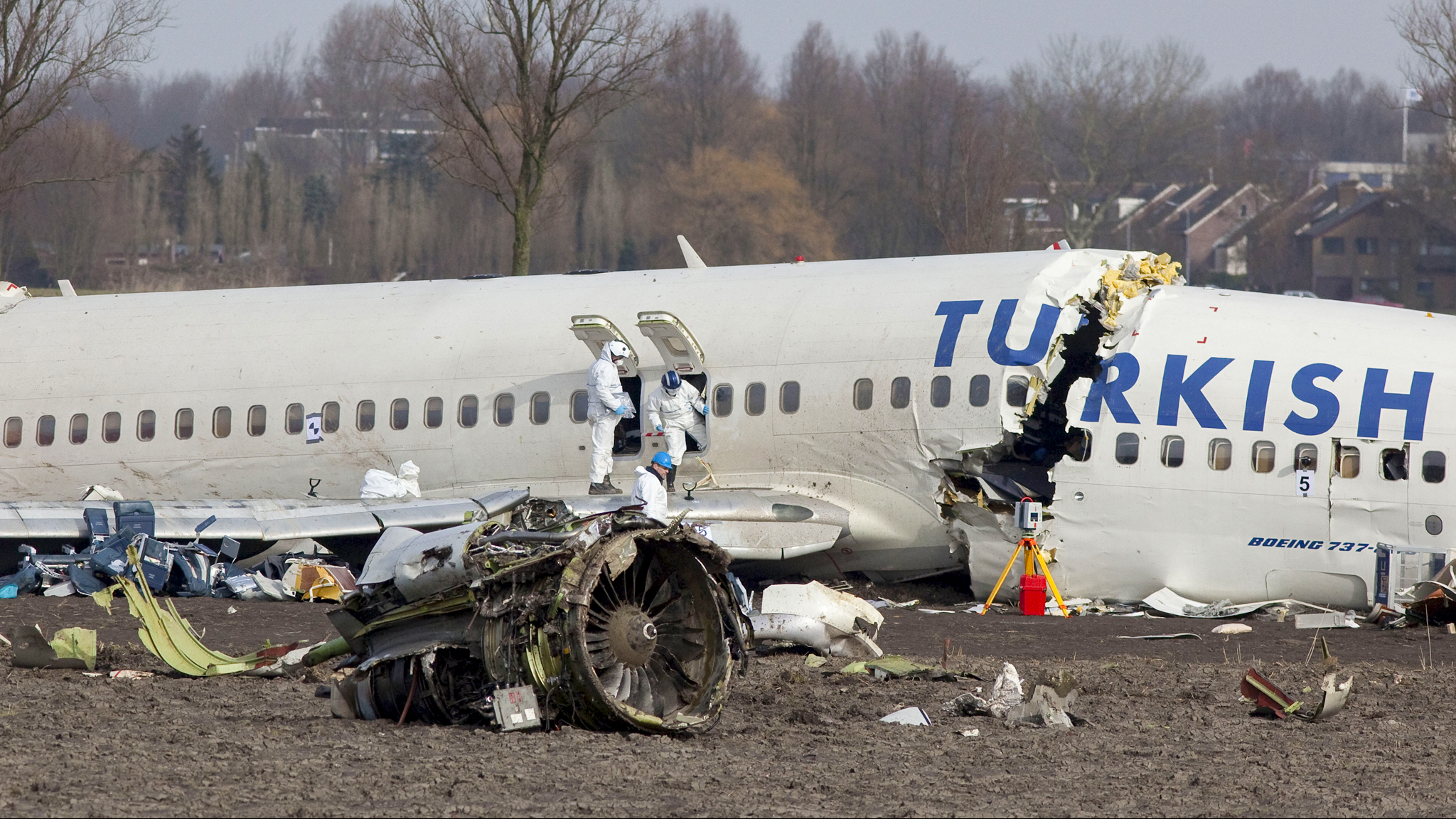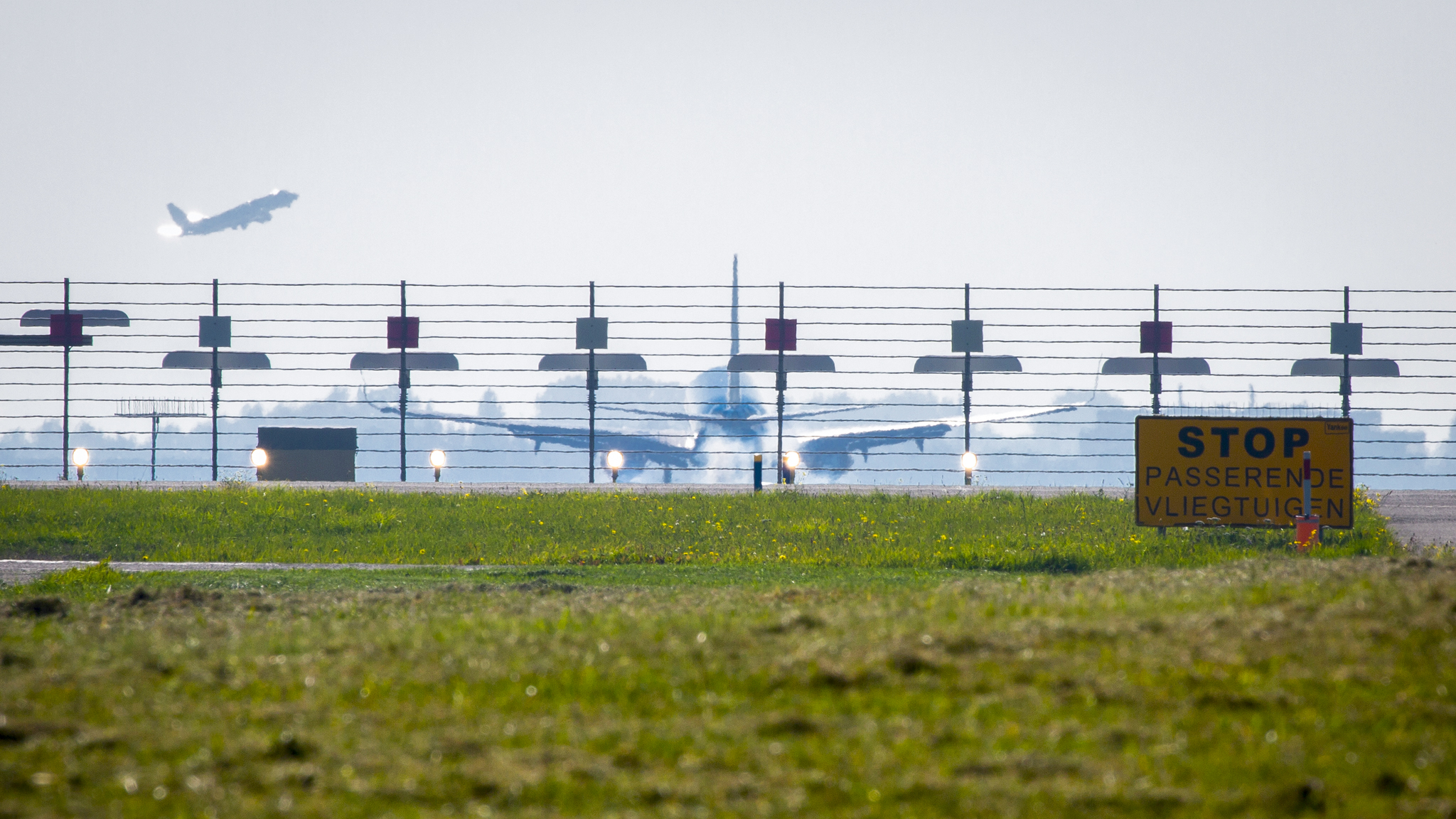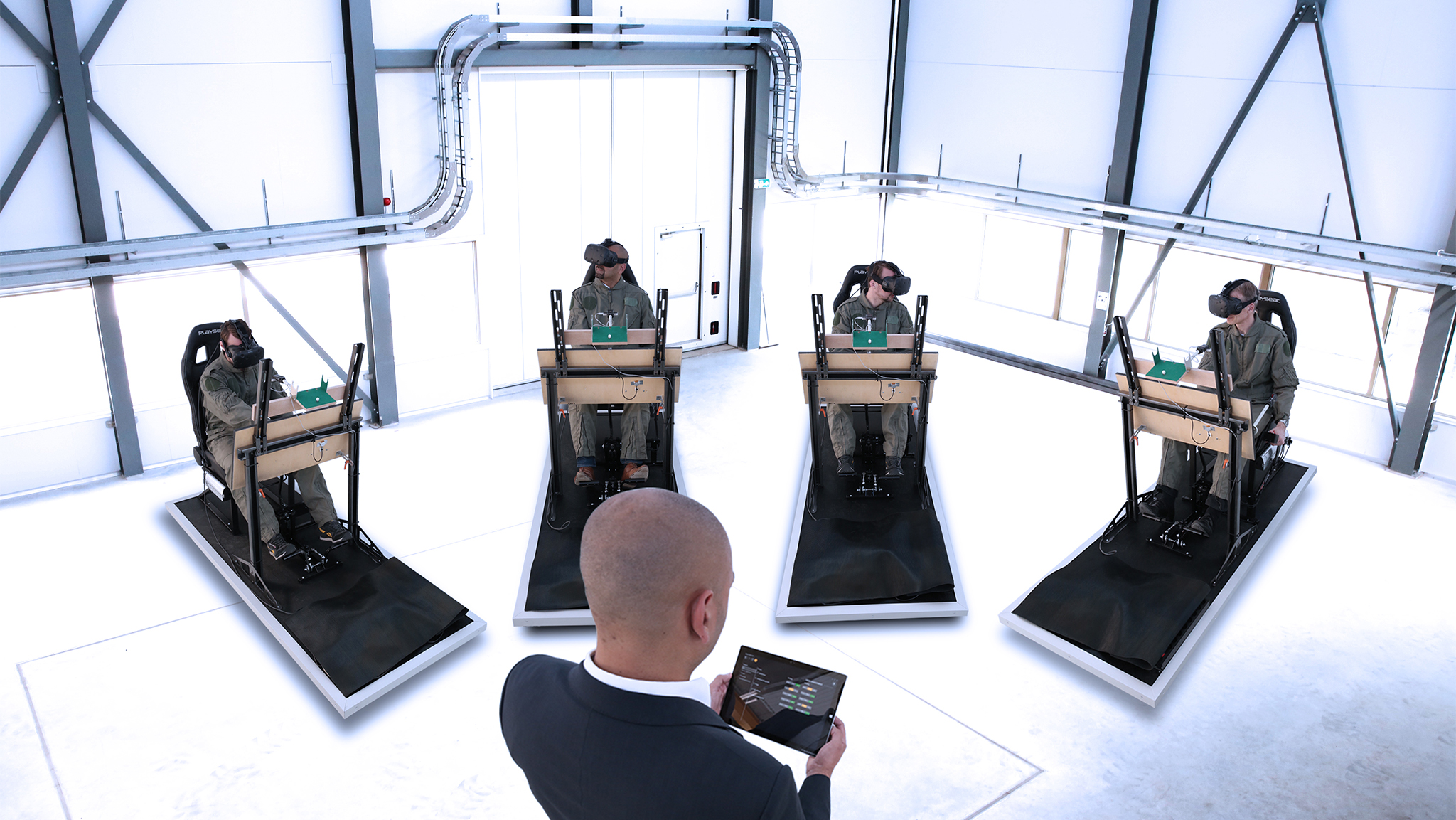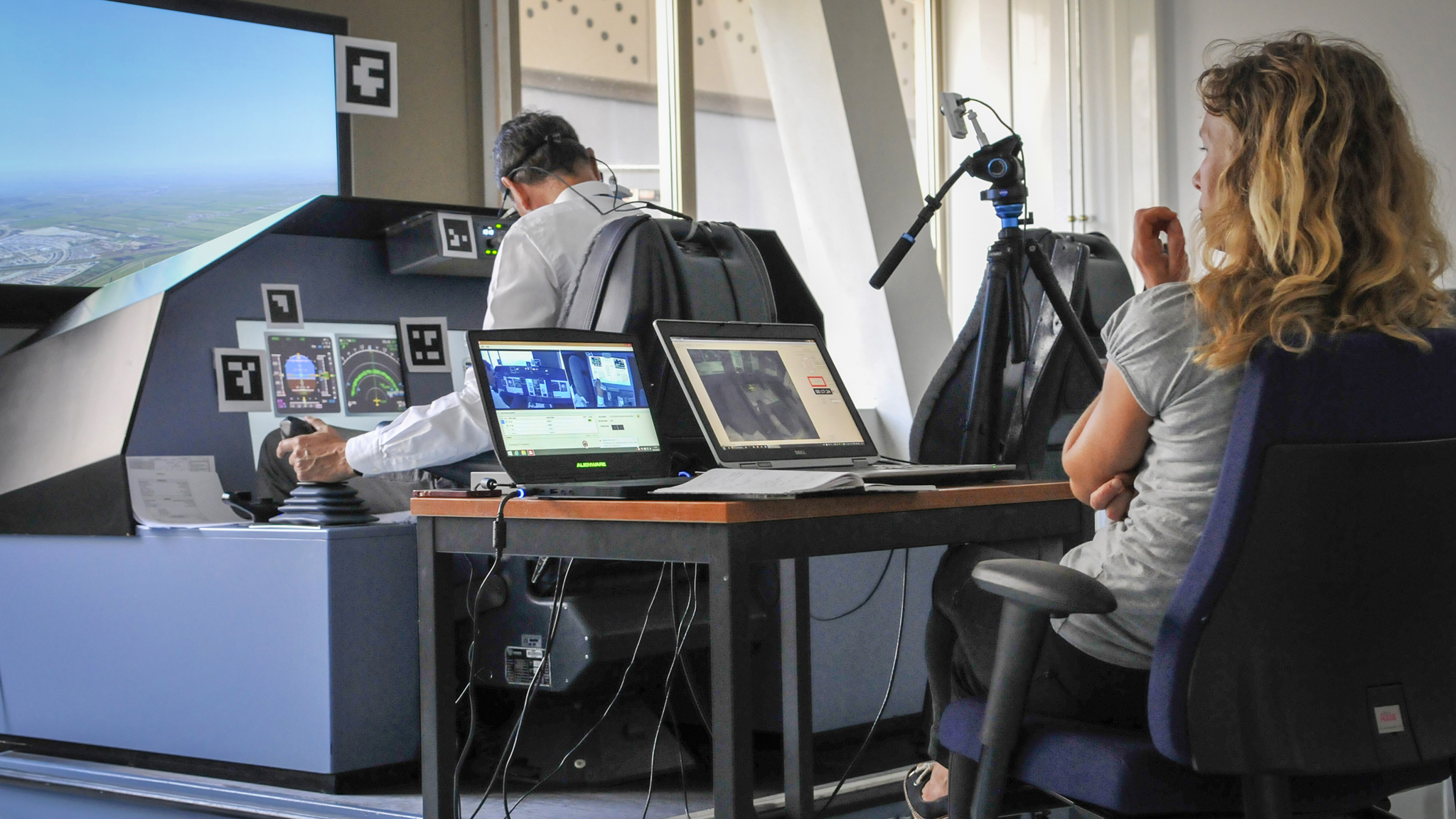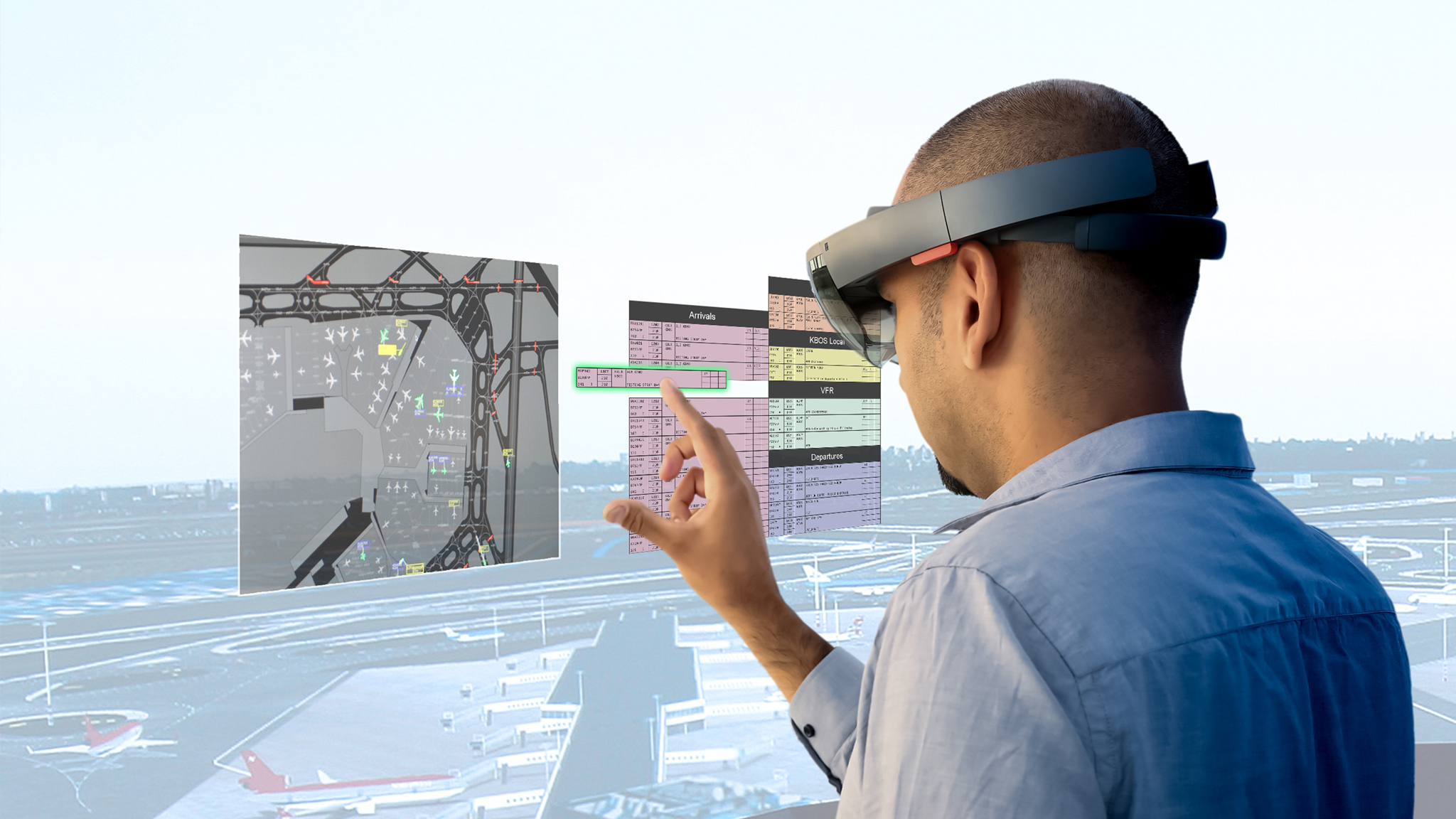
Luchtverkeersleiding
17 april 2025
Booklet: Reseach and development solutions for Air Traffic Management
Laten we een concurrerende en duurzame luchtvaart realiseren Het bereiken van efficiënte luchtvaart is een uitdaging voor civiele luchtvaartoperatoren. Er moet meer efficiëntie, duurzaamheid en veiligheid komen, terwijl ook de kosten omlaag moeten. NLR werkt aan innovatieve oplossingen om deze doelen te bereiken. We richten ons op duurzaamheid, efficiëntie en veiligheid op het gebied van […]

